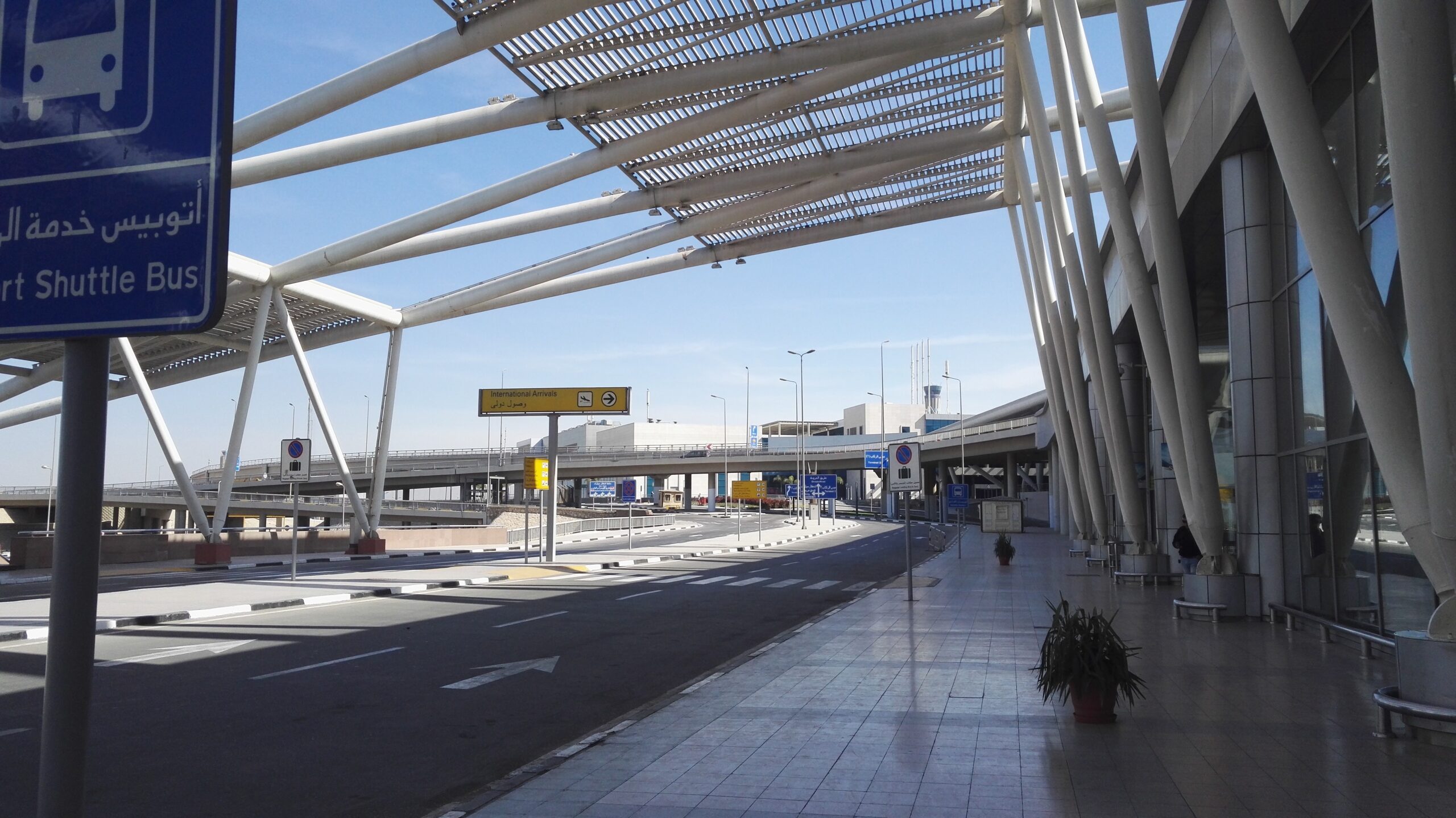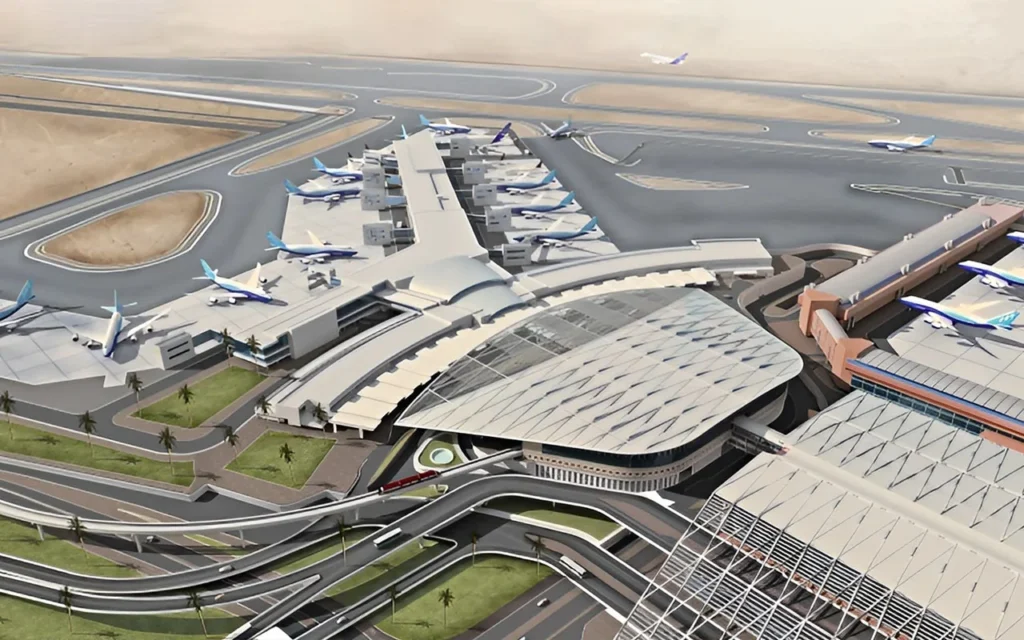Cairo International Airport has a rich history that spans over a century, reflecting the city’s strategic importance as a global transportation hub. The airport’s origins can be traced back to the early 1900s when it was first established as a military airfield. In the 1930s, the airfield was transformed into a civilian airport, catering to the growing demand for air travel in the region.
During the mid-20th century, Cairo International Airport played a significant role in the region’s geopolitical landscape. It served as a crucial link between the Middle East, Africa, and Europe, facilitating the movement of people, goods, and ideas. The airport’s strategic location made it a vital asset during times of political and military tensions, as it allowed for the swift deployment of resources and personnel.
As Egypt’s economy and tourism industry flourished in the latter half of the 20th century, Cairo International Airport underwent a series of expansions and modernizations to keep pace with the increasing demand for air travel. Today, the airport stands as a testament to Egypt’s commitment to enhancing its global connectivity and positioning itself as a leading transportation hub in the African continent.
Cairo International Airport’s infrastructure and facilities
When entering Cairo International Airport, guests can expect to experience a modern facility equipped for various traveler types. Terminal 1 is the main terminal of this state-of-the-art and spacious airport that has been built just to make sure passengers have a smooth journey. The terminal is equipped with vast check-in halls, security checkpoints and customs areas designed to accommodate the high volume of passengers that flow through the airport everyday.
Cairo International Airport: Having an extensive runway system, Cairo International boasts of some very good features. The airport has three parallel runways, capable of handling the largest commercial planes in use today. This infrastructure allows the airport to cater for wdbos flights from short-haul regional, through medium haul continental routes and even long haul intercontinental services.
One Forward Aviation — On top of its impressive runway system, Cairo International Airport also provides a full range of passenger amenities and facilities. The traveler finds a variety of tastes, from fast food and large international chains to small national bands with delicacies from Egypt. Terminal also equipped with various retail units from Duty-Free shops to luxury boutique. The airport is equipped with several lounges, VIP facilities and even has a golf course for some recreation.

Airlines and destinations served by Cairo International Airport
Cairo International Airport, one of the world’s busiest hubs and a hub for several airlines simultaneously connecting Africa to many regions worldwide including minimum 126 countries across all continents. EgyptAir, the flagship national flag carrier airline of Egypt, operates flights to many different destinations in Middle East and Africa from this airport.
Cairo International Airport has a number of international airlines flying in and out other than EgyptAir, including others from the continent as well as American carriers. There are plenty of flight options available to travelers, with direct connections to key hubs like London, Paris, Frankfurt and Dubai; as well as Istanbul among others.
Well-connected (the airport has an enormous route network) it gives access to a whole host of destinations, both in Africa and worldwide. This is limited to the bustling cities of North Africa and extends as far as some vibrant metropolises that are scattered across sub-Saharan Africa which is also great news because at Cairo International Airport you can easily connect with one or more African countries. In addition, its central location on the continent had positioned it as a convenient stop-over for those wishing to see all that Africa has to offer and beyond.
Cairo International Airport’s role in connecting Africa to the world
Cairo International Airport, one of the busiest airports on the African continent facilitates inter-continental business. KIA’s strategic status and wider route network sets it apart as a vital hub for the flow of trade, commerce and tourism interaction between Africa anfd other continents.
Cairo International Airport is a crucial link in the supply chain for businesses operating within Africa enabling movement of goods, services and personnel. Its cargo facilities and logistics infrastructure allow a wide range of products to be transported quickly, including agricultural commodities or high-value industrial goods. This connectivity, in turn promotes the economic development and integration of Africa.
Besides aiding trade and commerce, Cairo International Airport also serves as a cultural exchange platform to promote foreign tourism. Its proximity to large global hubs places the airport in high demand for tourists wishing to discover Egypt’s rich cultural history and natural beauty as well as surrounding regions of Africa. This, in turn, stimulates further the tourism industry growth which is a key component of the Egyptian economy.
The impact of Cairo International Airport on Egypt’s economy
Cairo International Airport is more than just a transportation node, but rather one of great political significance. The fort served as a crucial economic locomotive, fueling countless dimensions of Egypt’s economy and development.
Perhaps the most easily defined is the airport’s role in providing jobs. A large number of individuals work in Cairo International airport and its ancillary industries, from the airports employees themselves to those working as ground handlers, retail or hospitality. In addition, the activity at the airport generates a great amount of indirect jobs related with logistics activities totals tourism services and local companies.
In fact, the economic impact of this facility can be measured not only in terms of GDP but also state revenue. In this way, the Egyptian government can earn a lot of money from Cairo International Airport in forms of Taxes, Fees and other charges which could help their citizens or mostly be reinvested to enhance infrastructure development etc.

Travel tips for navigating Cairo International Airport
Navigating Cairo International Airport can be a smooth and efficient experience with a few helpful tips. First and foremost, it’s essential to arrive at the airport with ample time to complete the check-in and security procedures. The airport can be bustling, especially during peak travel seasons, so allowing extra time will help ensure a stress-free journey.
When it comes to check-in and baggage handling, it’s recommended to use the airport’s online check-in services whenever possible. This can help streamline the process and minimize wait times. Additionally, travelers should familiarize themselves with the airport’s layout and signage to easily locate their departure gates, lounges, and other amenities.
For those with a longer layover or early arrival, Cairo International Airport offers a range of dining and shopping options to pass the time. From traditional Egyptian cuisine to international fast-food chains, the airport caters to a variety of tastes. Travelers can also explore the airport’s duty-free shops, which offer a wide selection of products at competitive prices.
Future plans and developments for Cairo International Airport
As one of the leading airports in Africa, Cairo International Airport is constantly evolving to meet the growing demands of air travel. The airport’s management has ambitious plans for the future, which aim to solidify its position as a premier transportation hub and enhance the overall passenger experience.
One of the most significant upcoming developments is the construction of a new terminal, Terminal 3, which will significantly increase the airport’s capacity. The new terminal, scheduled for completion in the coming years, will feature state-of-the-art facilities and technology, including advanced baggage handling systems, automated security checkpoints, and energy-efficient design elements.
In addition to the new terminal, Cairo International Airport is also investing in the expansion and modernization of its existing infrastructure. This includes the upgrade of existing runways, the construction of additional taxiways, and the enhancement of passenger amenities, such as lounges, retail outlets, and dining options.
Cairo International Airport’s contribution to tourism in Egypt
Cairo International Airport’s role in Egypt’s tourism industry cannot be overstated. As the primary gateway for visitors to the country, the airport plays a crucial part in facilitating the flow of travelers and supporting the growth of the tourism sector.
The airport’s extensive network of international flight connections makes it easily accessible for tourists from around the world. Whether they are visiting the iconic pyramids of Giza, exploring the ancient wonders of Luxor, or discovering the vibrant culture of Cairo, travelers can seamlessly connect to their desired destinations through Cairo International Airport.
Beyond its connectivity, the airport also contributes to the overall tourism experience by providing a welcoming and efficient entry point for visitors. The airport’s modern facilities, exceptional customer service, and range of amenities help to create a positive first impression of Egypt, setting the tone for the rest of the traveler’s journey.

Conclusion: The importance of Cairo International Airport in global connectivity
Cairo International Airport stands as a testament to Egypt’s commitment to enhancing its global connectivity and positioning itself as a leading transportation hub in Africa. With its rich history, state-of-the-art infrastructure, and extensive route network, the airport has become a vital link between the African continent and the rest of the world. If you like reading this article then please consider reading our article about Austin.









